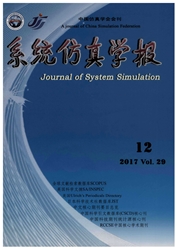

 中文摘要:
中文摘要:
在考虑出口排队的情况下,建立了快速路出入口控制的数学模型,利用神经网络调节PID控制器的参数,达到出入口控制的最优化,并对北京三环路联想桥至蓟门桥路段进行了仿真分析,将仿真结果与传统的反馈控制算法ALINEA进行了比较。结果表明,在快速路处于非高峰时段,该算法能够维持主路的交通流密度在理想范围的同时,使出入口排队长度尽可能小,保证了交通参与者的公平性。
 英文摘要:
英文摘要:
The mathematical model of the ramp control is formulated. The control objective is to maintain the freeway operated at a desired traffic density and to diminish the queue length on/off the ramp as short as possible. Integrated with artificial neural network, PID control was applied to a section from Lenovo Bridge to Ji-Men Bridge at the 3th ring-freeway of Beijing by simulating. Simulation results have been compared with the classic feedback algorithm AL1NEA method. The results show that this algorithm is effective and can maintain the mainstream traffic flow density in a desired value.
 同期刊论文项目
同期刊论文项目
 同项目期刊论文
同项目期刊论文
 期刊信息
期刊信息
